
Your e-vehicle’s battery is its heart—and maximizing its lifespan is key to optimizing performance, reducing costs, and minimizing environmental impact. Whether you manage a fleet or ride a personal e-scooter, these science-backed tips, rooted in PowerGoGo’s battery expertise, will help you extend your battery’s health and longevity.
Why It Matters: Lithium-ion batteries degrade faster when frequently discharged below 20% State of Charge (SoC). Deep cycling stresses the cells, leading to capacity loss over time.
PowerGoGo Insight: Our BMS automatically triggers low-battery alerts at 25% SoC to prevent deep discharges.
Action: Recharge when your battery hits 30–40% and avoid letting it drop below 20% regularly.
Why It Matters: Storing batteries at 100% charge causes electrolyte degradation, while storing at 0% risks permanent damage.
Data: A 2023 study found that batteries stored at 100% for 3 months lose 15% capacity, vs. just 5% loss at 50% SoC.
Action: Charge to 50–60% before long-term storage (e.g., during holidays) and recharge to this level every 3 months.
Why It Matters: Heat accelerates chemical reactions in batteries, while cold reduces energy efficiency.
PowerGoGo Tech: Our batteries use temperature-controlled BMS to maintain performance between -20°C and 60°C, but prolonged exposure to extremes still impacts lifespan.
Action:
Park in shaded areas or indoor spaces during hot weather.
In cold climates, pre-heat batteries using your vehicle’s thermal management system (if available) before charging.

Why It Matters: Frequent shallow charges (e.g., 20–80% SoC) are gentler on batteries than full charges.
Research: Batteries charged to 80% daily show 20% less degradation after 1,000 cycles vs. those charged to 100%.
Action: Use PowerGoGo’s swappable batteries for instant 80%+ charges during peak use, and limit full charges (to 100%) to occasional long trips.
Why It Matters: Cheap chargers lack voltage regulation, causing overcharging or uneven cell distribution.
Risk: Unregulated chargers increase the risk of thermal runaway by 3x, according to UL safety reports.
Action:
Stick to PowerGoGo’s certified chargers or swapping stations for consistent, safe charging.
Avoid third-party chargers unless they meet UN38.3 standards.
Why It Matters: PowerGoGo’s Battery Management System (BMS) tracks 200+ real-time metrics, from cell voltage to internal resistance.
Fleet Example: A delivery fleet using our BMS reduced unexpected battery failures by 45% via predictive maintenance alerts.
Action:
Check your vehicle’s app or dashboard for battery health reports (e.g., State of Health, SoH).
Schedule maintenance when SoH drops below 80% (indicative of end-of-life for most batteries).
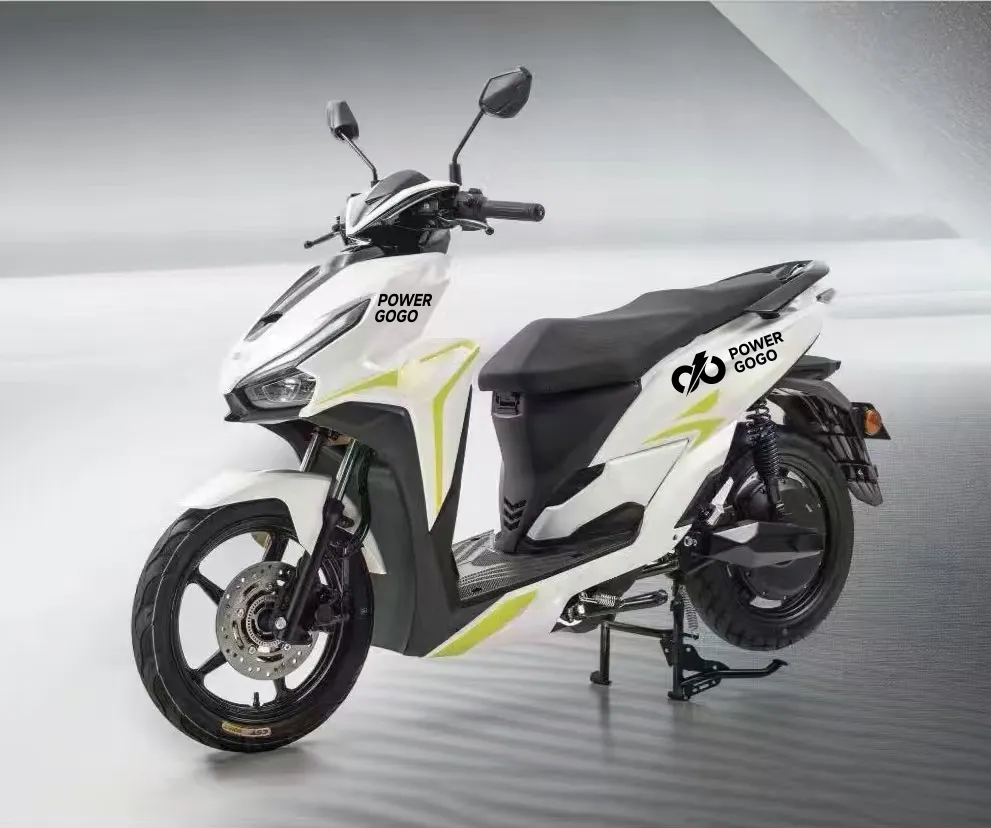
Why It Matters: Excessive weight forces batteries to work harder, increasing discharge rates and heat generation.
Impact: Carrying 20 kg over the recommended load can reduce battery lifespan by 12% over 2 years.
Action:
Respect your e-vehicle’s payload limit (e.g., 150 kg for most e-rickshaws).
For fleets, use route optimization tools to minimize heavy-load trips.
Why It Matters: Corroded terminals or loose connections cause voltage drops and uneven charging.
Risk: Poor connections can lead to 10–15% energy loss during charging, straining the battery.
Action:
Clean battery terminals with a dry cloth every 3 months.
Check for loose cables or signs of corrosion (white/blue residue) and tighten connections as needed.
Why It Matters: Modern lithium-ion batteries don’t suffer from “memory effect,” but occasional full cycles (0–100%) can recalibrate the BMS for accurate SoC readings.
When to Do It: Perform a full charge and discharge once every 2–3 months, especially if you primarily use shallow charges.
Action: Plan a deep cycle during low-usage periods (e.g., weekends) to avoid disrupting operations.
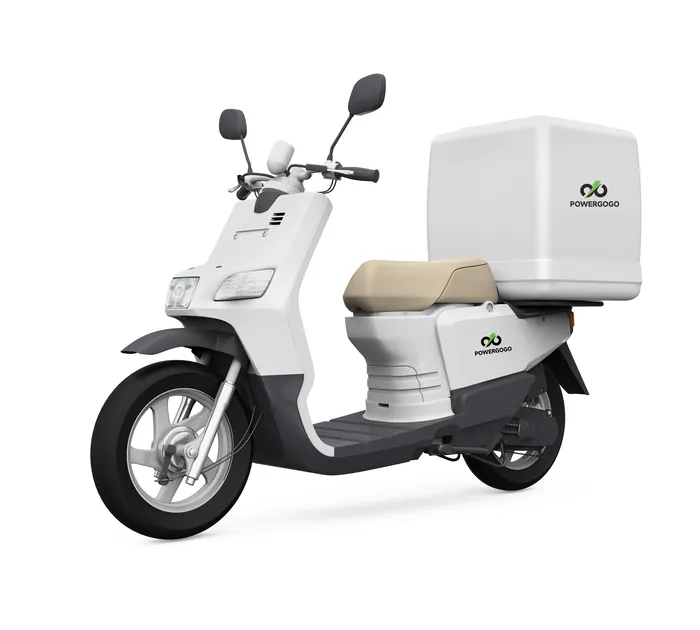
Why It Matters: Every battery has unique care requirements. PowerGoGo’s batteries, for example, are designed for swappable use and have different guidelines than fixed-installation models.
Warranty Tip: Using non-certified batteries or chargers can void your warranty (e.g., our 5-year enterprise warranty covers only genuine PowerGoGo components).
Action:
Read your vehicle’s manual or PowerGoGo’s B2B guide for model-specific advice.
Partner with our support team for fleet-wide maintenance plans.
Bonus: Leverage PowerGoGo’s Swappable Ecosystem for Hassle-Free Longevity
One of the simplest ways to extend battery life? Avoid owning batteries altogether. PowerGoGo’s Battery-as-a-Service (BaaS) model lets you:
Swap, Don’t Charge: Eliminate wear from charging cycles by using our network of pre-charged batteries.
Access Fresh Batteries: Our rotation system ensures you always use batteries in optimal health (SoH >90%).
Fleet Impact: A 1,000-vehicle fleet using BaaS reduced battery replacement costs by 60% over 3 years.
Maximizing battery lifespan isn’t about sacrificing performance—it’s about smart, proactive care. By following these tips and leveraging PowerGoGo’s modular, swappable technology, you can:
Extend battery life by 20–30% (or more).
Reduce operational costs by up to $500 per vehicle annually.
Contribute to a circular economy by minimizing e-waste.
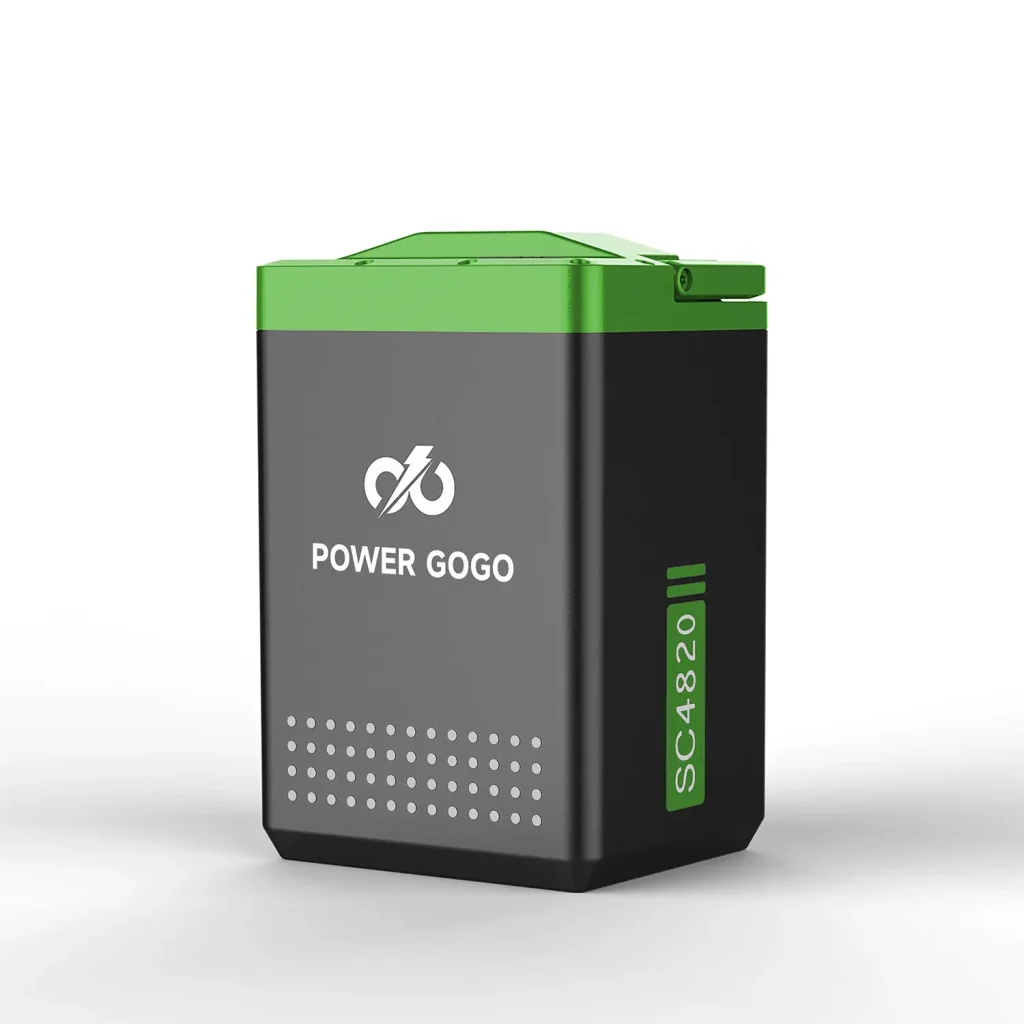
Specification No. Item Parameters R...
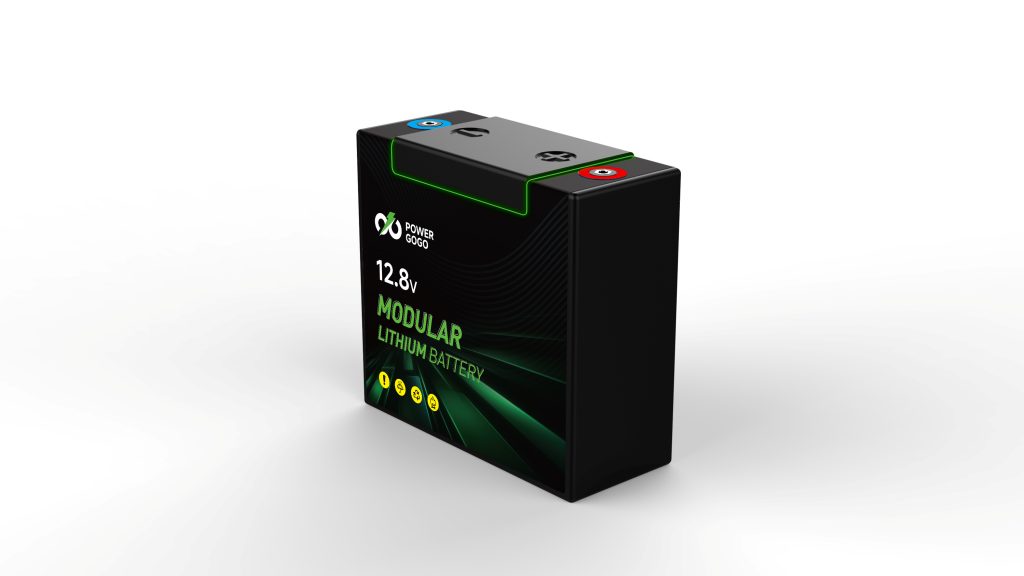
Specification No. Item Parameter ...
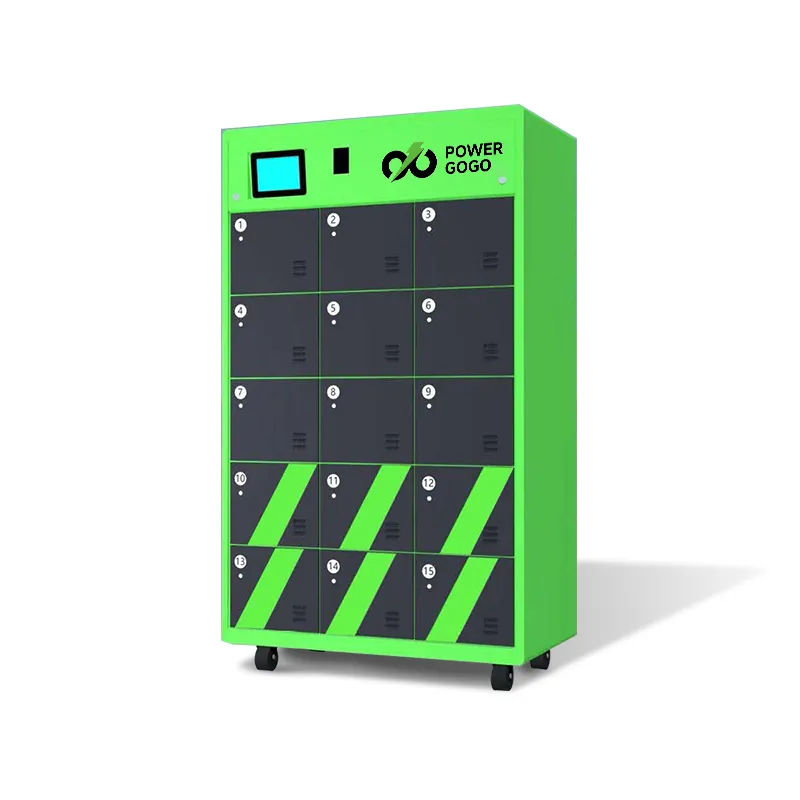
Product Appearance Specification Na...